Topics at the Allianz Center for Technology:
Oldtimer at AZT
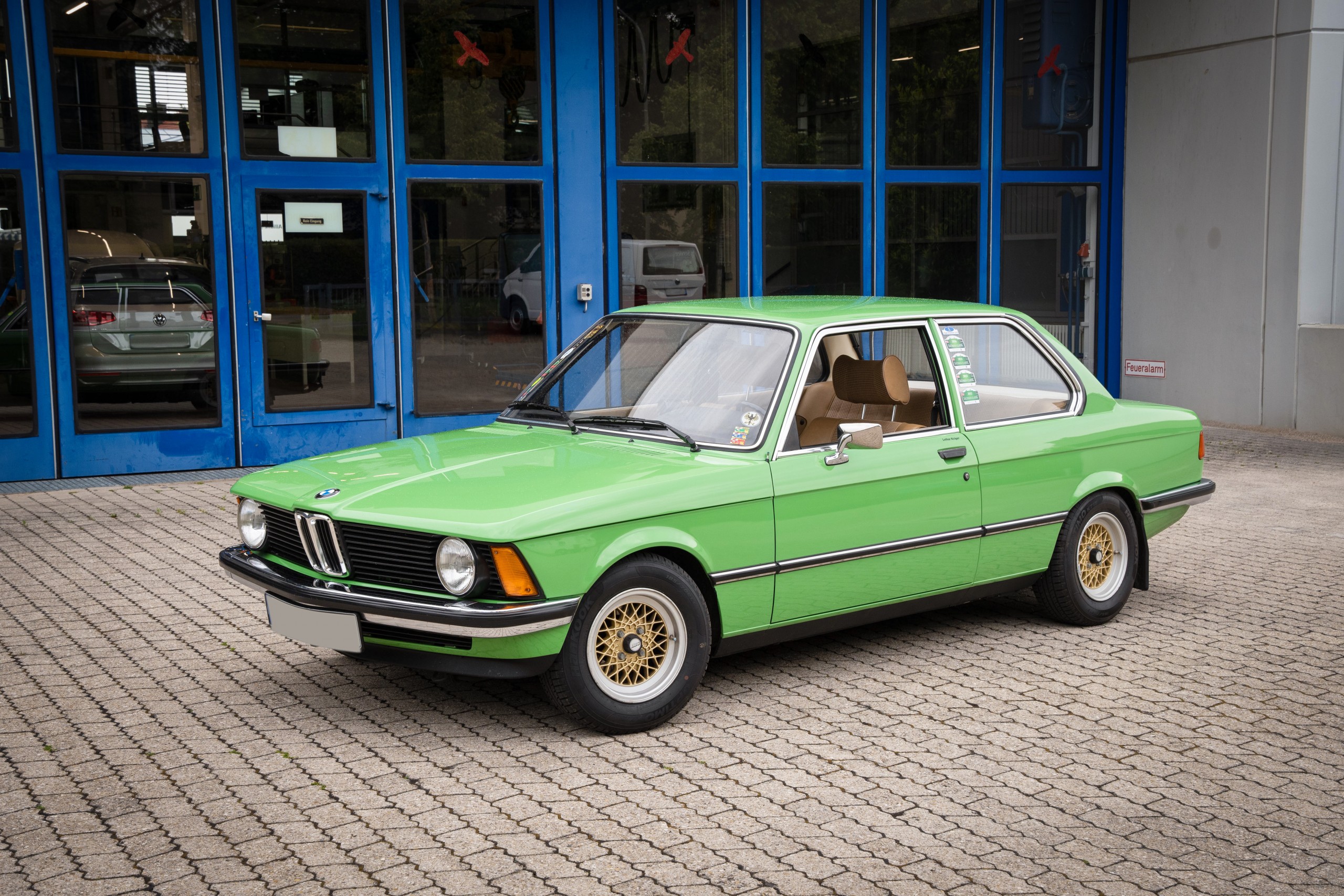
June 2020
"Every classic car is much more than just an automobile. It's a piece of art that happens to drive (Ing. Richard Kaan).“
Which heart of an automobile fan doesn't beat faster when a well-preserved classic car with an interesting history is standing right in front of him? And it is not only among classic car enthusiasts that these vehicles cause enthusiasm. Many people who are not otherwise very much involved in the subject also like old cars that are already visually striking and arouse childhood memories and other emotions.
The AZT, with its almost 50-year history, has examined various vehicles in various research projects over the past decades which in the meantime have long been classified as classic cars. A classic car is a car that was first registered for traffic at least 30 years ago.
However these vehicles are not only art objects or collector's items, so-called "garage gold". Even if they are rather rare in the overall vehicle market there is nevertheless a not inconsiderable number of classic cars. Today, according to figures from the German Kraftfahrtbundesamt, there are about 750,000 cars on our roads in Germany that are over 30 years old and which are occasionally involved in accidents, so that they also play a role in the damage caused. The AZT has already addressed this issue in an earlier evaluation of claims
Due to the rarity of these vehicles and their special features very specific challenges arise for the experts who assess damage of a classic car. Which spare parts are available on the market? What is the right repair method to preserve the substance of the vehicle as much as possible? What is the overall value of the vehicle to be assessed? When assessing the value of the vehicle, other factors play a role than in the case of modern passenger cars. For example, the history of the vehicle must also be taken into account. These are only a few questions to which the expert should have answers ready in individual cases.
General information and special training on the subject of classic cars are therefore an important part of the training of experts. AZT´s experts are starting a longer-term project to the subject of classic cars and will prepare 2 vehicles for training purposes over the next months. Various disciplines of automotive engineering will be involved in this project and will work together. From body repair and painting to electronics and vehicle mechanics. In addition, these vehicles, which have been selected according to defined criteria, will be used to graphically illustrate developments in automotive technology over the past decades.
A first vehicle has already been bought for this purpose, a mint-green BMW E21 type 318. The E21 series was the first BMW 3 series and was built from 1975 to 1983.
Our vehicle is from the production year 1975 and has a 4-cylinder gasoline engine with 72KW/ 98hp. The BMW was in first ownership until 2006. We were able to purchase the vehicle from the third owner who had held it since 2013.
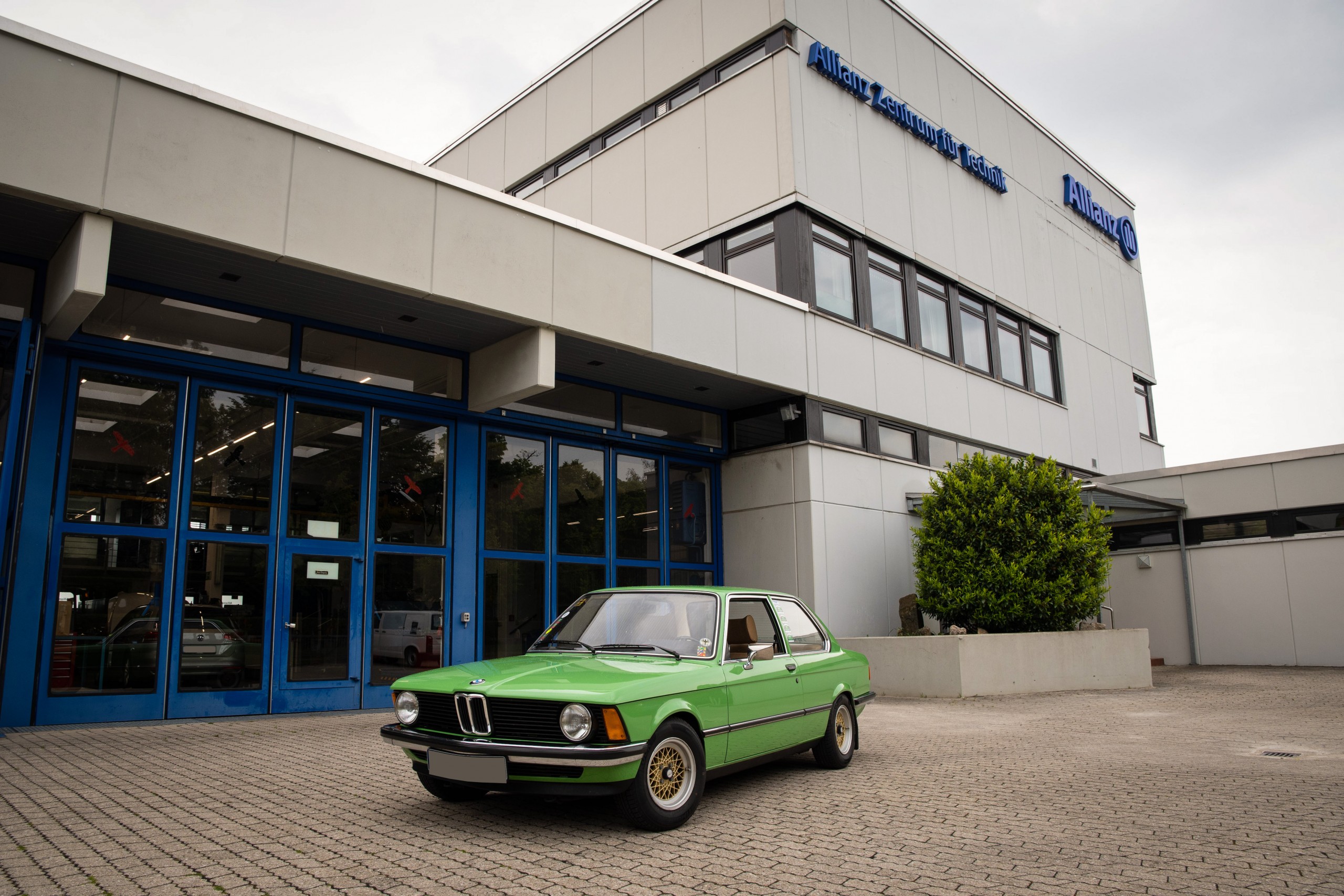
Volker Wulle, head of the classic car project at AZT, reports on the plans with the vehicle in the near future:
"First of all we will take care of the technical aspects of the vehicle. There are oil leaks in the engine and transmission, the carburettor has to be reset and the clutch will probably need to be replaced. The BMW will be registered and will be moved once in a while to avoid damage to the car and to check repairs. In order to be able to demonstrate the excellent condition of this vehicle at our expert training courses, we plan to have the underbody blasted with dry ice and then professionally preserve the result. Otherwise, the BMW will remain as far as possible as it now presents itself. The modified chassis with the two-tone aluminum rims from BBS is absolutely contemporary and we believe that such modifications are worth preserving just as much as absolute original conditions. The body and the interior of the vehicle present themself in the unrestored original condition which we would like to preserve as far as possible".
For further training purposes for our motor experts, the purchase of a second vehicle is planned, a Mercedes of the series W123. Extensive repair work on the bodywork of this vehicle will be carried out.
We will report on the further progress of the project and the further history of our classic cars on our website at regular intervals in the upcoming period.
It's worth taking a look!
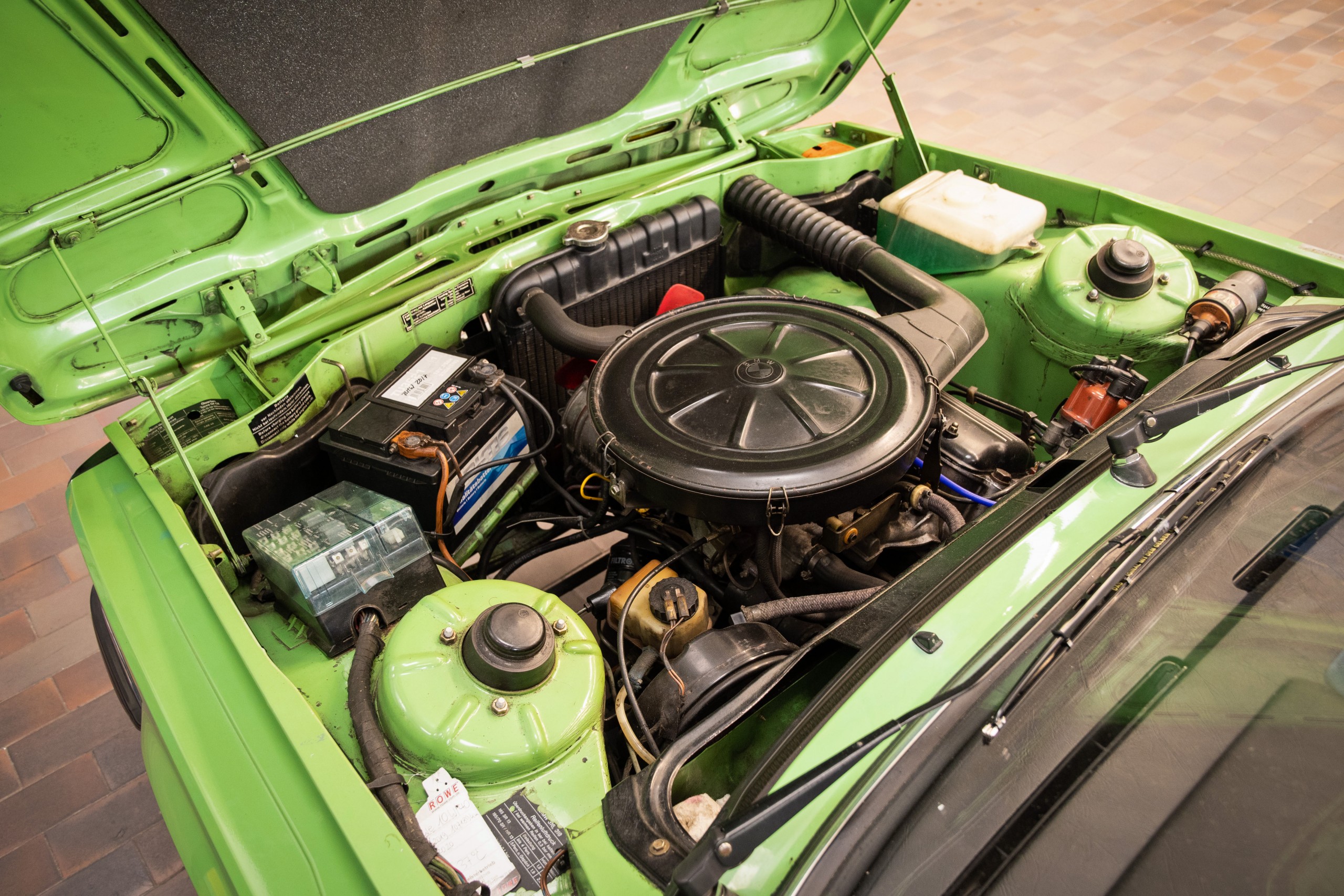
Almost completely preserved engine compartment details
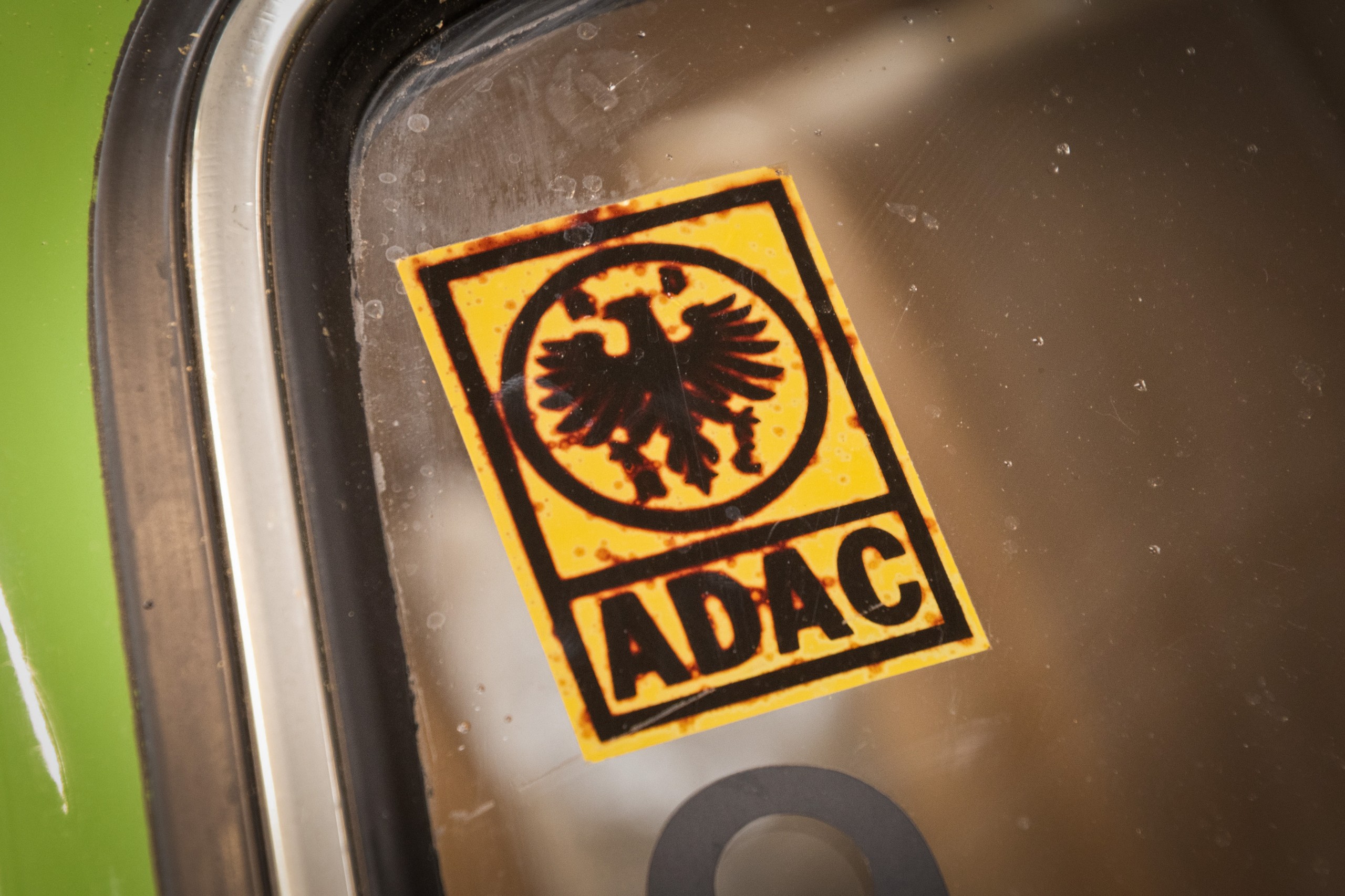
Historical sticker of the ADAC
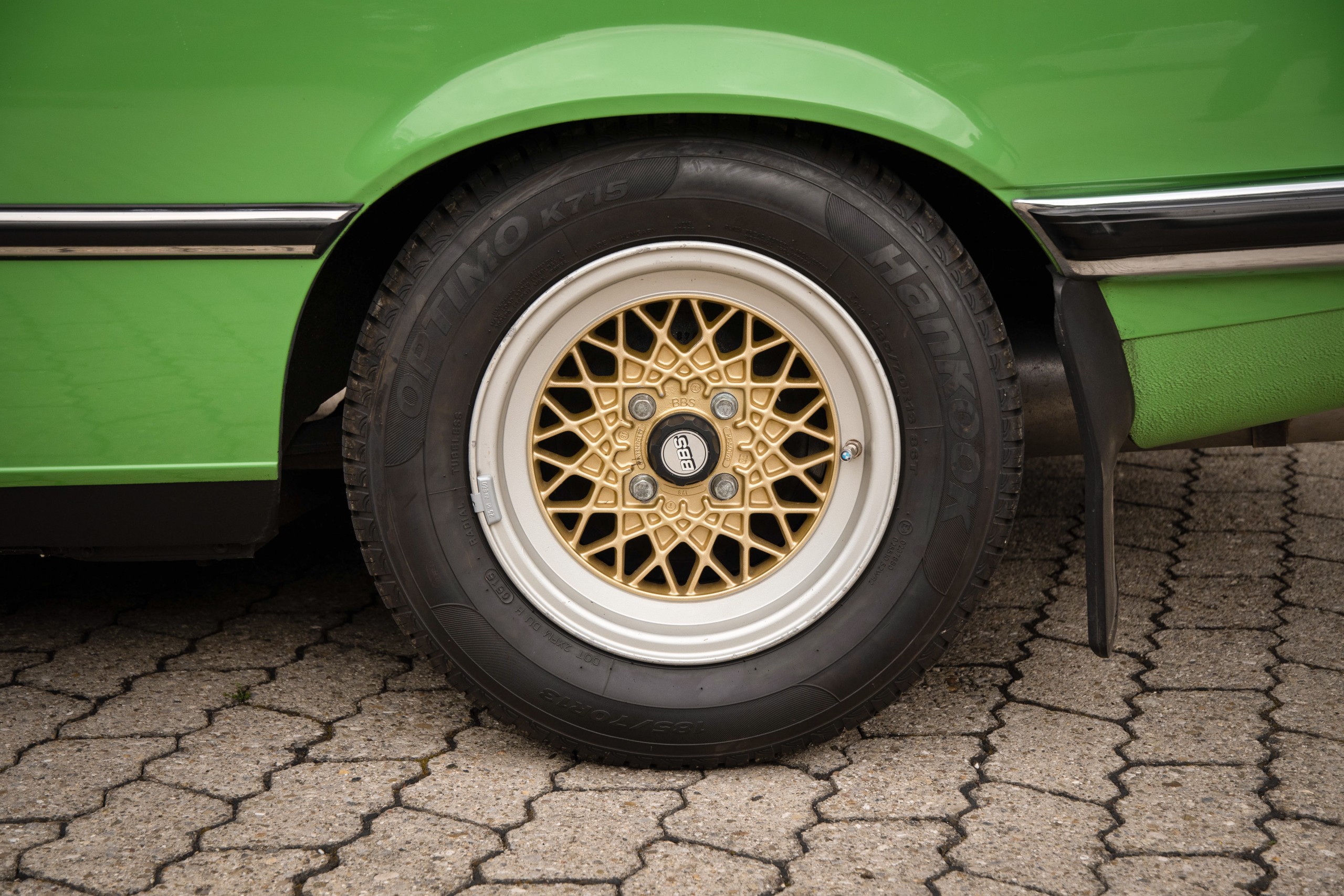
Contemporary rim from the company BBS
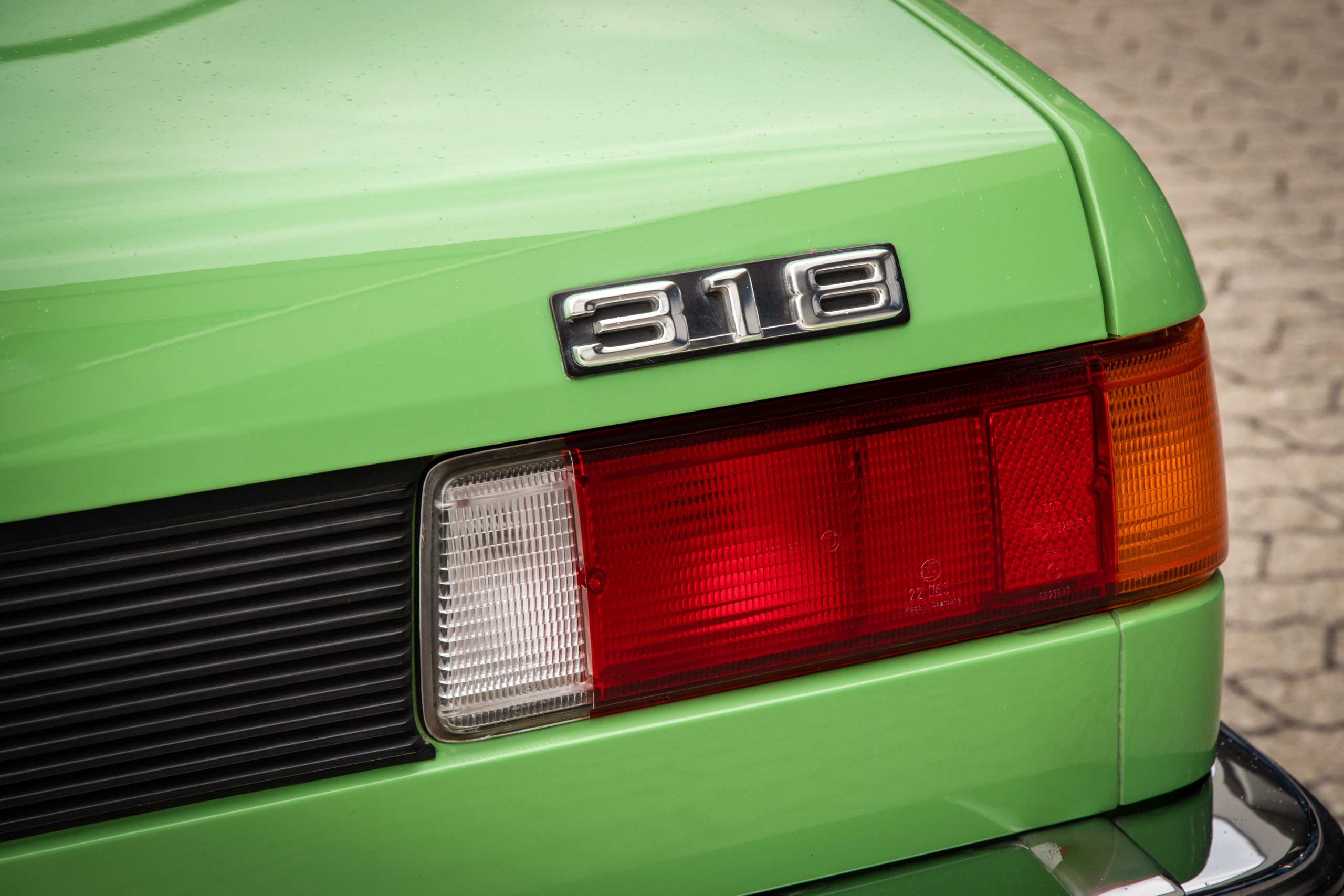
Classic compact rear light with original badging
More on the topic:
Article about the purchase of the Mercedes 240D, year of construction 1981
Article about fuel loss at BMW 318 - A little petrol story